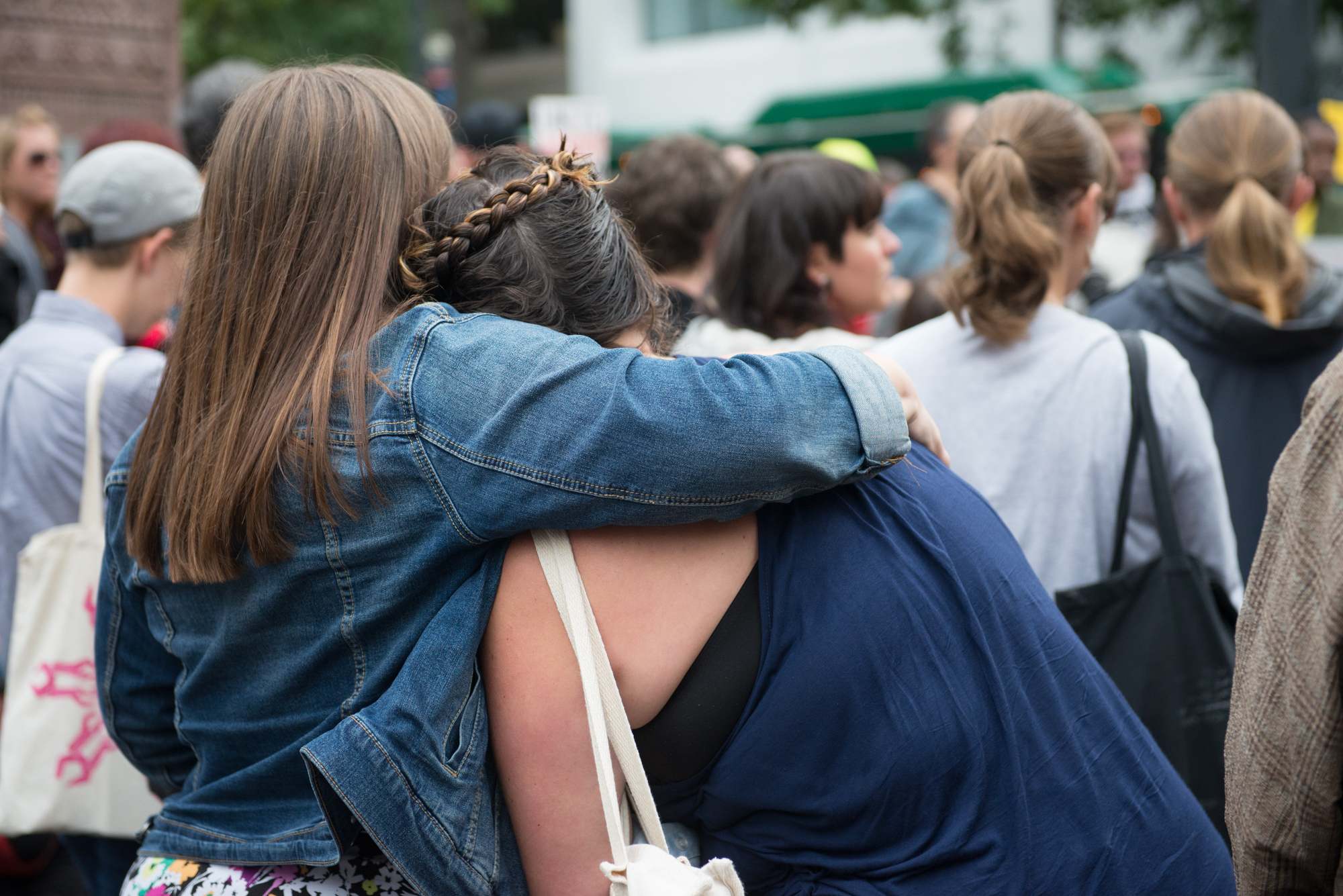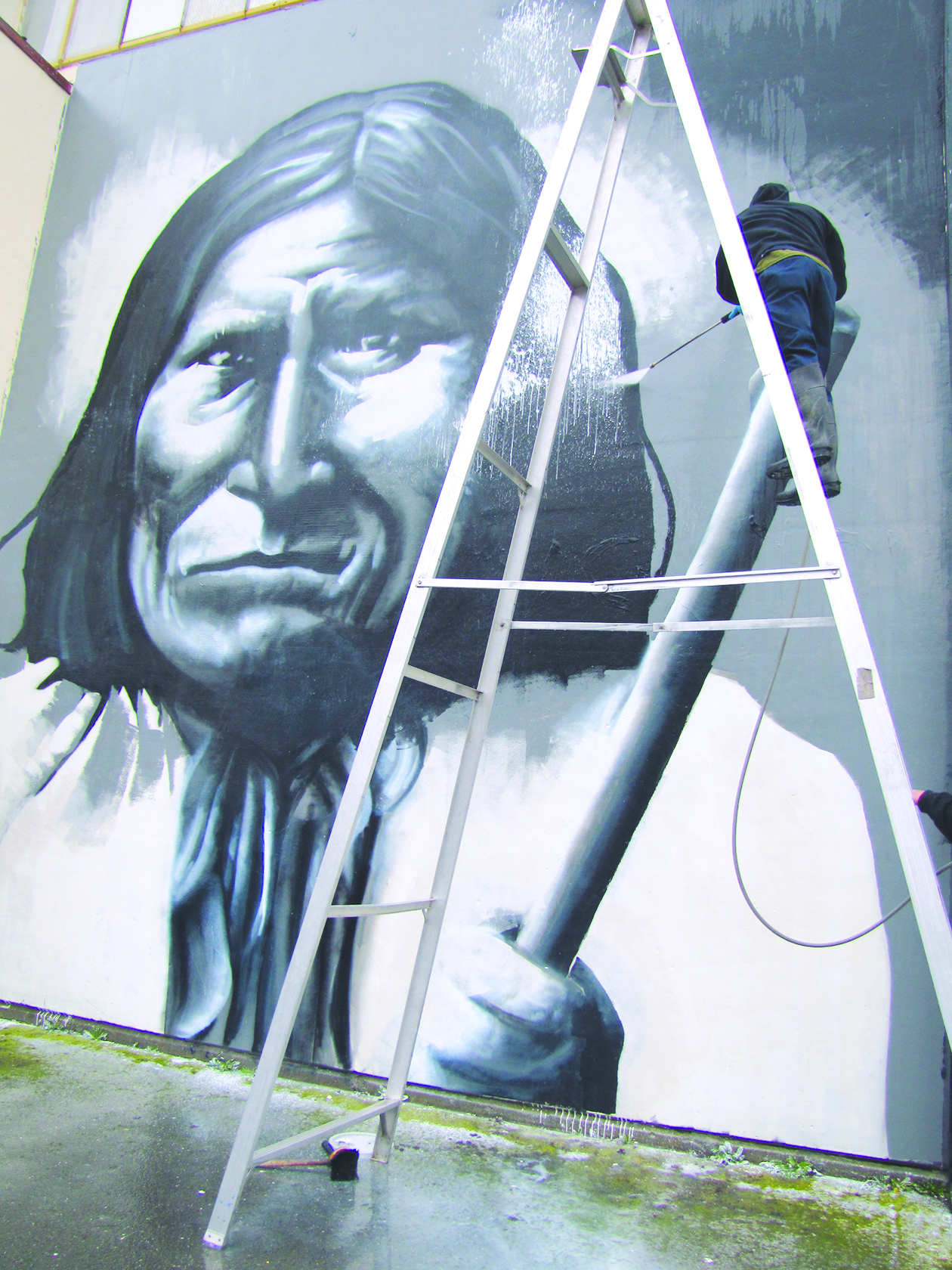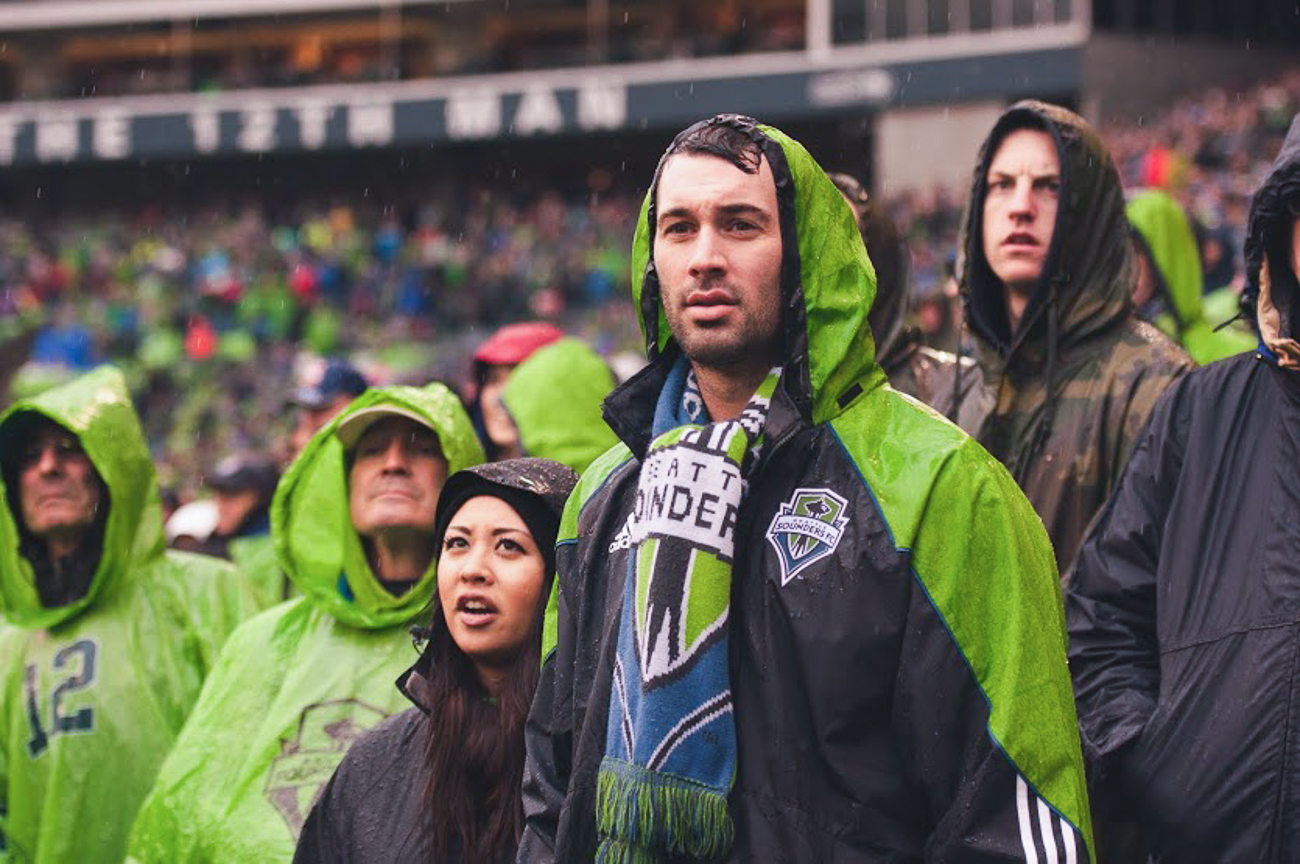The entire nation has been grappling with the events playing out in Ferguson, Mo., for nearly two weeks, since 18-year-old Michael Brown, an unarmed African American, was fatally shot by a white police officer named Darren Wilson. Earlier this week, an autopsy revealed that Brown had been shot at least six times, including twice in the head. As the Associated Press has reported, a pathologist hired by Brown’s family has concluded that “we don’t know” whether the teen was shot with his hands up, but signs suggest that was the case.
On the ground in Ferguson, in the days following Brown’s death, protests and clashes between an irate citizenry and an obscenely militarized local police force quickly became a common scene on Twitter and nightly newscasts. But the implications of what’s happening in this small suburb of St. Louis have stretched much farther. Here’s a look at some of Seattle’s responses:
A Moment of Silence: Five days after Brown’s death, Seattleites gathered for 60 minutes of complete silence, organized by Mothers for Police Accountability. MFPA’s representative at the vigil, Harriet Walden, explained that the vigil was meant to broach the broader subject of police brutality and accountability. She was joined by Rick Williams, the brother of John T. Williams, the Native American woodworker shot by police back in 2010. As our photographer Morgen Schuler noted, “The scene in Westlake Center was one of calm reflection with pained, frustrated, and heartbroken faces littering the crowd. Police hung back on the other side of the courtyard, and no interference was made.”
Mayor Ed Murray Issues a Statement: “The death of Michael Brown… has reminded all of us about the enormous trust citizens place in their police service. This is a moment to reflect and learn for not just Ferguson, but for every city in this country—including Seattle,” an Aug. 14 statement released by Mayor Ed Murray reads in part. “A police service should not suppress the rights of the press to cover news events, nor should peaceful protestors be threatened with militarized force.”
SPD Reveals Its Stash: One takeaway from the developing story in Missouri has been widespread concern over the militarization of local police forces. As HBO’s John Oliver pointedly noted, “The police should dress for the job they have, not the job they want.” It’s hard not to agree. In response to the growing concerns, the Seattle Police Department released a list of all the military equipment it purchased between May 2010 and March 2014 (for the cost of shipping only) through a federal surplus program. It included flotation vests, ballistic plates for officers’ bulletproof vests, rifle sights, and “two utility trucks, which the department returned to Joint Base Lewis-McChord after seven months.”
mdriscoll@seattleweekly.com
Art Credit: “Solidarity” by Michele Pinna from The Noun Project The Noun Project








